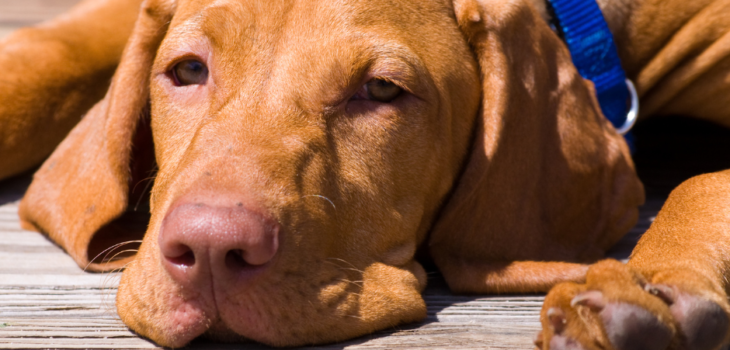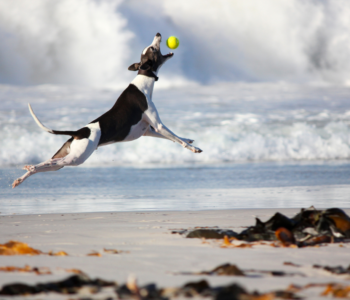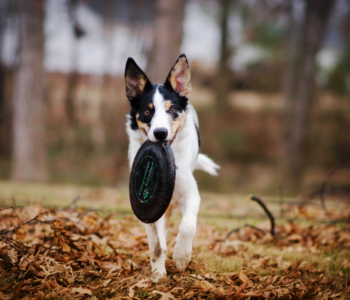 Uncategorized
Uncategorized
What is triggers your dog?
Have you ever wondered why your dog does something? What triggers your dog? Chances are they are having conversations with the environment that your not aware of. These ‘conversations’ create triggers.
Triggers are stimuli that elicit a response in dogs. This can be anything from a loud noise to a certain scent, and it can have a significant impact on a dog’s behavior.
Understanding what triggers your dog is essential so you can help to modify behavior and prevent negative responses.
Triggers can be really obvious like a doorbell or the sound of your car on the drive, but they can also be really subtle and you may not notice them. Subtle triggers can be you getting up from your chair, moving towards a cupboard where the lead is kept.
Triggers drive a response and a behaviour outcome. Sometimes this is desirable like responding to a recall whistle but more often than not they create unpredictable and unhelpful responses pushing up your dogs’ arousal levels.
How your dog reacts to a trigger depends on their ability to think in high arousal. If they are able to respond to a recall when out having a good time, they can think in arousal. If you are dead-to-them when the doorbell rings, it would suggest they can’t.
Fear can be a trigger
One common trigger in dogs is fear. Dogs may become scared of loud noises, such as fireworks, thunder, or gunshots. Very common for us locals, as artillery fire is an everyday occurrence. This fear can cause dogs to become anxious, hide, or become aggressive. Some dogs get spooked and may run off towards the car if you’re out.
Presence of other animals
Another trigger that affects dogs is the presence of other animals. This can include both dogs and other species, such as cats or squirrels. Dogs may become aggressive or defensive when they feel threatened by another dog. The trigger can be sufficiently well rehearsed that the other dog doesn’t have to have even looked at your dog to get a reaction.
Or, in the case of a squirrel or cat, it may trigger the prediction of movement. Movement is stimulating for a dog and creates a chase reaction. The squirrel may be still, but the dog has predicted movement will follow and the squirrel rarely disappoints.
Subtle triggers are all around the house and are very tied up with prediction. Where your dog has decided what is going to happen next based on the action you’re performing.
Dealing with triggers can be time consuming and a little bit tedious. One of the issues owners have is they try to deal with them ‘in the moment’ (when the behavior is happening) rather than ‘for the situation’.
Dealing with triggers
- Identifying what triggers your dog. Break this down into major and minor triggers. Make a list of them.
- Decide what you would like your dog to do in that situation. This is important. Most owners know what they don’t want their dog to, but often haven’t considered what they do want them to do. Then work towards growing that outcome. For example if your dog barks at the doorbell, you would probably want them to sit quietly on a boundary. Grow this behaviour intentionally rather than create anxiety at the door by shouting and grappling with an excited dog.
- Work for the situation not in it. Trying to modify the output behaviour while it’s happening will probably be adding in more excitement into the event. Put some time aside each day when your dog is calm and tackle a trigger a week.
Start to watch your dog, see what is driving some of their behaviour. Once you’re aware of their triggers you will find them much easier to deal with.

